
Any itinerary in the province of Huelva involves history, nature, music, good food and heavenly beaches. The capital city of Huelva is a reflection of the province’s essence, which includes its cathedral, the Río Tinto loading bay, the Fe Descubridora monument, and the Reina Victoria neighbourhood. Nevertheless, one need not travel far to enjoy other incredible places, some of which will be explored in this compilation of the best getaways around Huelva.
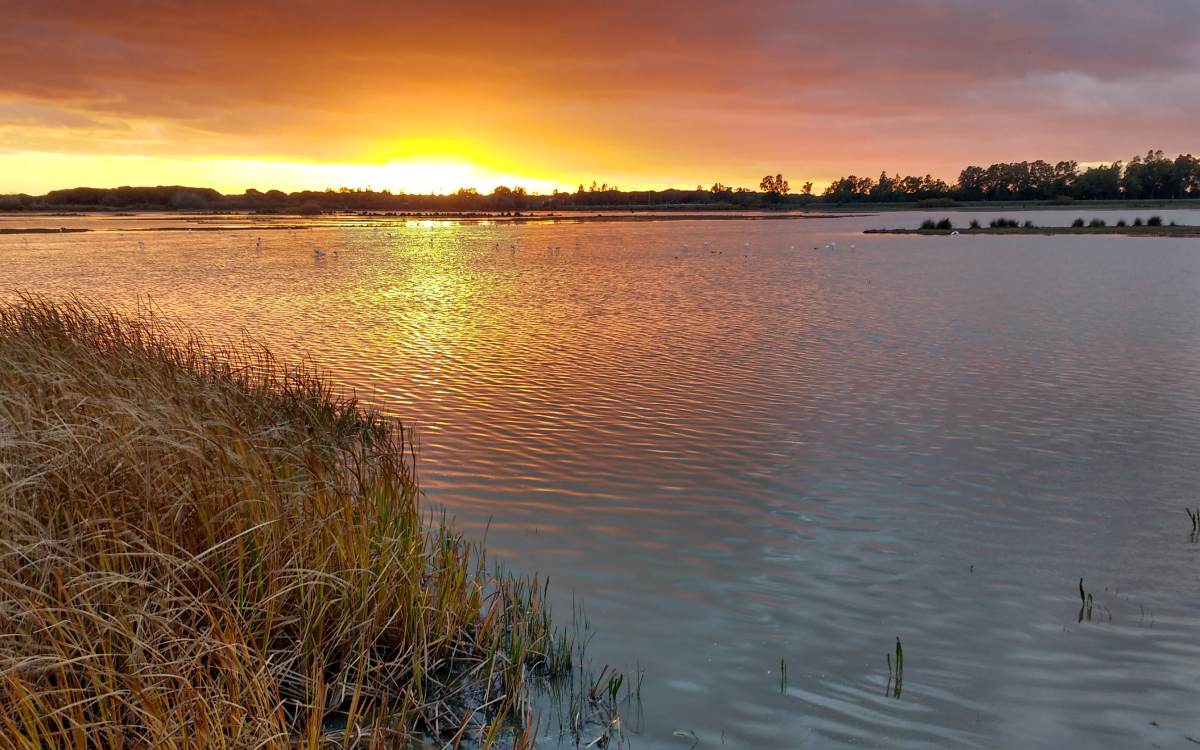
Parque Nacional de Doñana. | Shutterstock
Quite frankly, it is impossible to begin an itinerary of Huelva without this natural wonder. Europe’s largest ecological jewel is mostly located within this province. Parque Nacional de Doñana, with its unique biodiversity, offers such distinctive landscapes as marshland, sand dunes, pine forest and cork tree plantations. Additionally, it is home to such endangered species as the Iberian lynx and the imperial eagle. Although the park can be visited unaccompanied, some of the most interesting areas can only be accessed with guided tours. The nearest visitor centres are located at El Acebuche, near Matalascañas, as well as at La Rocina and the Acebrón palace, both of which are located close to the village of El Rocío.

El Rocío. | Shutterstock
The heart of this terrain, a World Heritage Site, is less than an hour from the capital city of Huelva. This fact allows one to make two essential stops along the way. The first of these is the village of El Rocío, a pilgrimage site. The second is Almonte, the municipality to which the park belongs, where white streets and centuries-old structures such as the church of the Asunción and the Casa Consistorial can be found. Other attractions include Museo del Vino and the seemingly endless Matalascañas beach.
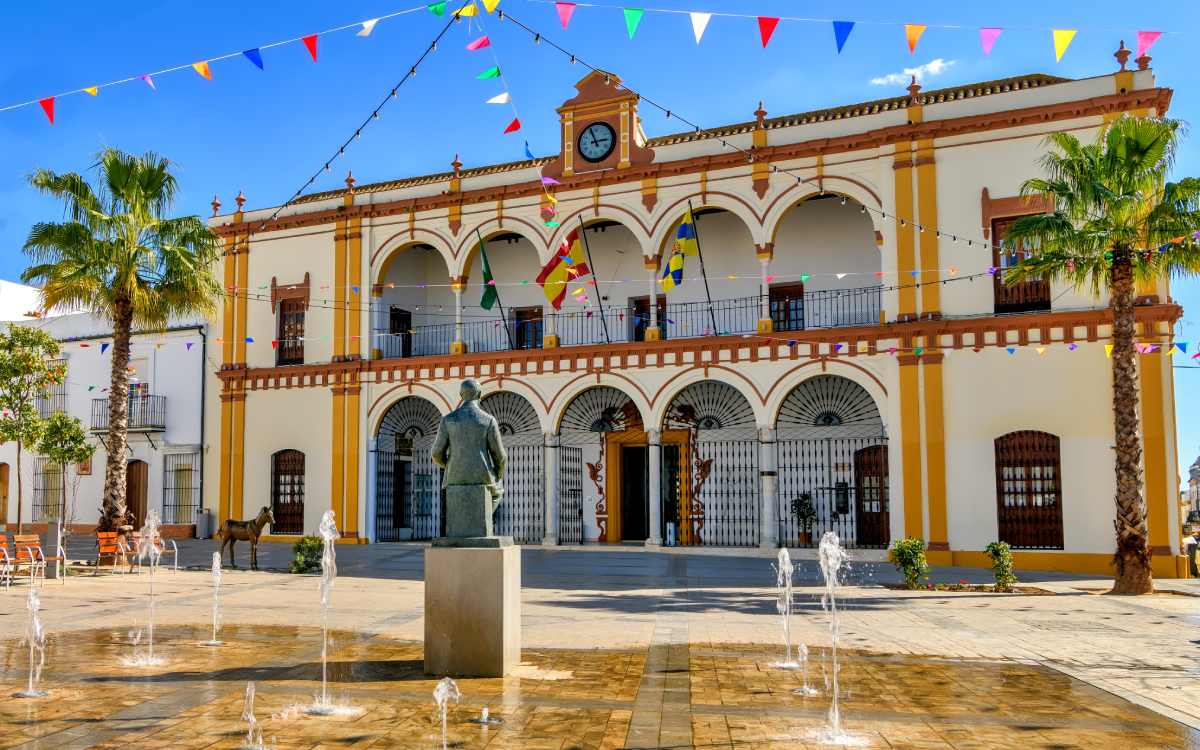
Moguer. | Shutterstock
The expedition captained by Christopher Columbus set sail in August of 1492 from the coast of Huelva. One of the more fascinating getaways around Huelva is to immerse oneself in the history of the European discovery of America. One possible starting point is Moguer, the hometown of the Spanish poet Juan Ramón Jiménez. In fact, many of Columbus’ crew were from this place.
The next stop along the route is at Palos de la Frontera, about 15 kilometres from Huelva and Moguer. It was there where the first voyage to the Americas was conceived and from where the expedition set sail. A visit to the replicas of the original three caravels, docked at the quay, is a must-see. Likewise, the monastery of the Rábida, which was Columbus’ home for a period, the church of San Jorge, the museum home of the explorer Martín Alonso Pinzón and the Fontanilla de Palos are also worth visiting.
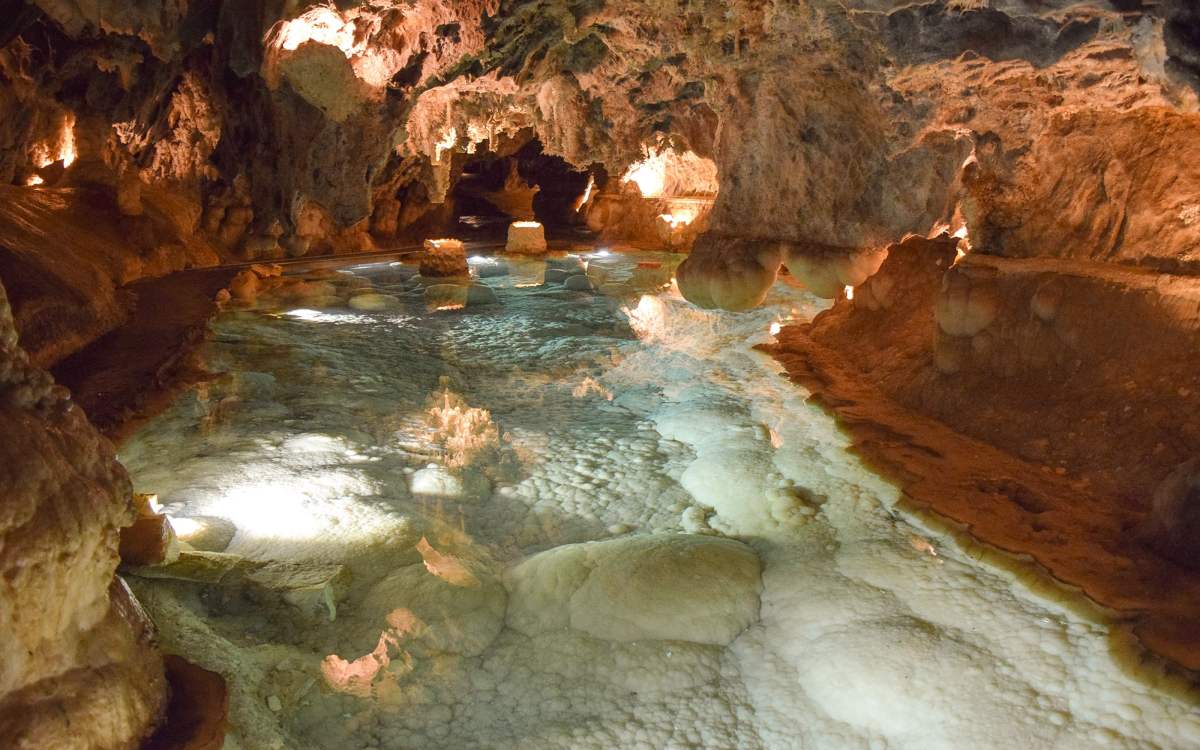
Nearly a hundred kilometres separate Aracena from Huelva, but it is well-worth a trip to one the province’s most beautiful villages. Aracena is a town of whitewashed façades hidden in the heart of Parque Natural Sierra de Aracena y Picos de Aroche, a trekker’s delight. At its height, the contours of the castle stand out, which is an excellent vantage spot to admire the landscape.
However, the second reason to visit Aracena is not from its heights but by venturing into the depths of the earth, just below the castle. Gruta de las Maravillas is one of Spain’s most spectacular grottoes. Its chambers and underground passages, with its spectacular formations carved by water over millions of years, are a lesson in geology.

Minas de Riotinto. | Shutterstock
Parque Minero Riotinto, a place like no other on Earth, is a mere 70 kilometres from Huelva. Its contours make a rather surreal scene where diverse shades of red and ochre colour the surroundings. And this unparalleled beauty can be relished and almost felt when taking the nineteenth-century train, which traverses this Martian-like landscape.
Additionally, it is possible to tour parts of an old mining gallery, which leads to the Peña de Hierro lookout, from where an open-sky view of the mine can be seen, which is astounding for its distinctive hues. The tour can be culminated by visiting the miners’ museum and a stroll through the Bellavista neighbourhood, the old British settlement where the mine’s directors once resided. For all these reasons, it is one of the excursions that should be made in Huelva without exception, as well as being a great plan for a family getaway.
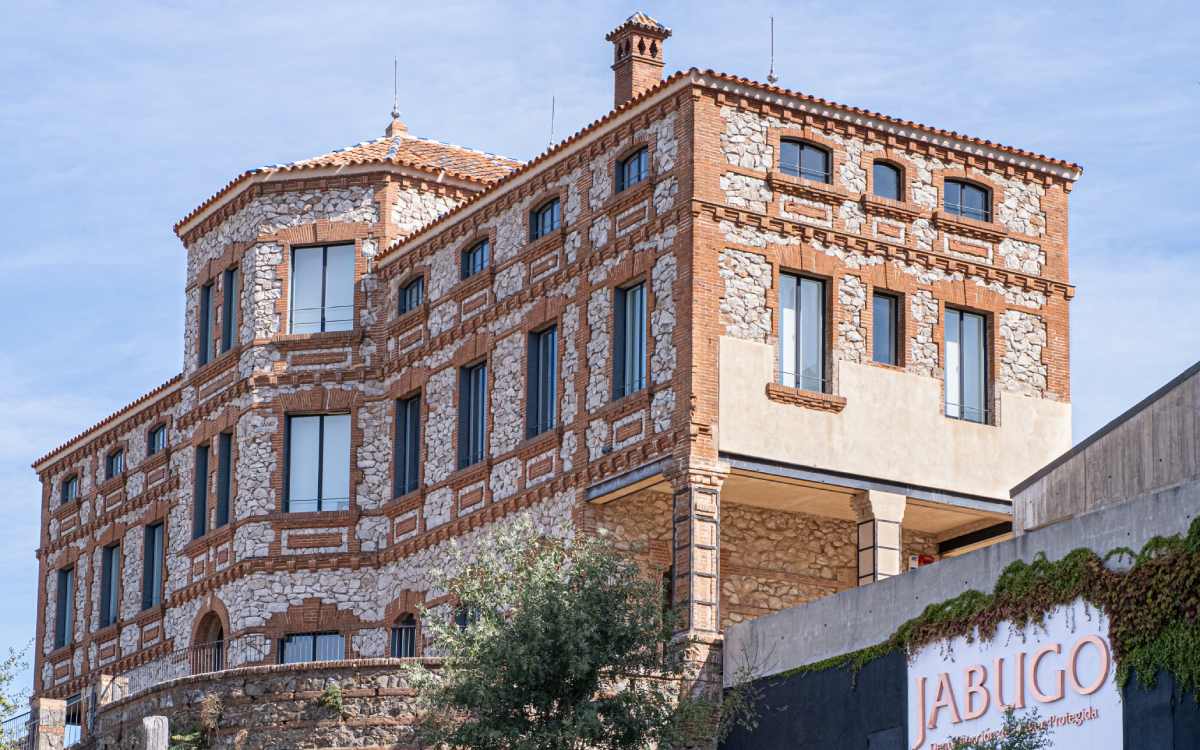
A street in Jabugo. | Shutterstock
Jabugo is famous for its production of that jamón ibérico of denomination of origin, which no palate can resist. However, this place is much more than a food lover’s delight. To help digest this delicacy, stroll through the old quarter of the town to marvel at the beauty of Plaza del Jamón, a square where the church of San Miguel, the casino and the town hall can all be found. An alternative for the more adventuresome is a hike through the Parque Natural Sierra de Aracena y Picos de Aroche.
The journey from Huelva to Jabugo is 1 hour and 15 minutes, though one need not travel more than 20 kilometres to reach some of the most beautiful towns in the province of Huelva. One such example is the Almonaster la Real, which conserves an interesting Arab heritage, including the mosque, part of the old town wall and its castle. Another example is the castle at Cortegana, which stands out for its unique route of mosaics. Also worth mentioning is Alájar with its labyrinthine streets dating from the Arab epoch and the exceptional lookout point facing the crag of Arias Montano situated in the Aracena mountain range.
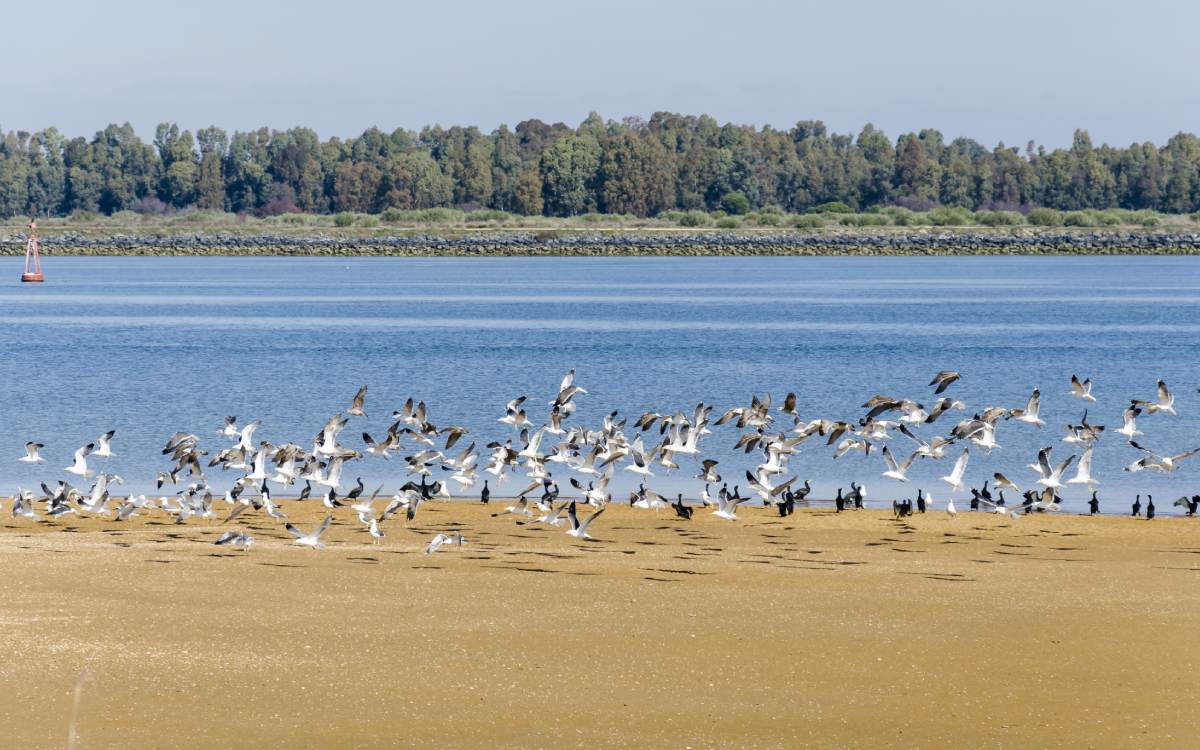
Marismas del Odiel. | Shutterstock
The Marismas del Odiel Biosphere Reserve is another natural space that is a must-see in the Huelva area. Marismas del Odiel are a resting ground for thousands of migrating birds between Europe and Africa. An ideal setting not only for its rich fauna and landscapes, but also for viewing, preferably from a boat, some of Spain’s most majestic sunsets.
As it only takes twenty minutes to arrive to the marshes from Huelva, it is therefore possible to round out the excursion by stopping off at Punta Umbría, a spot located within this natural setting. If the weather is good, it is the perfect destination for a day at the beach, as well as El Rompido, a mere half-hour away. This small fishing village has one of the most spectacular beaches on the Costa de la Luz, a half-hour journey from the Marismas del Odiel.
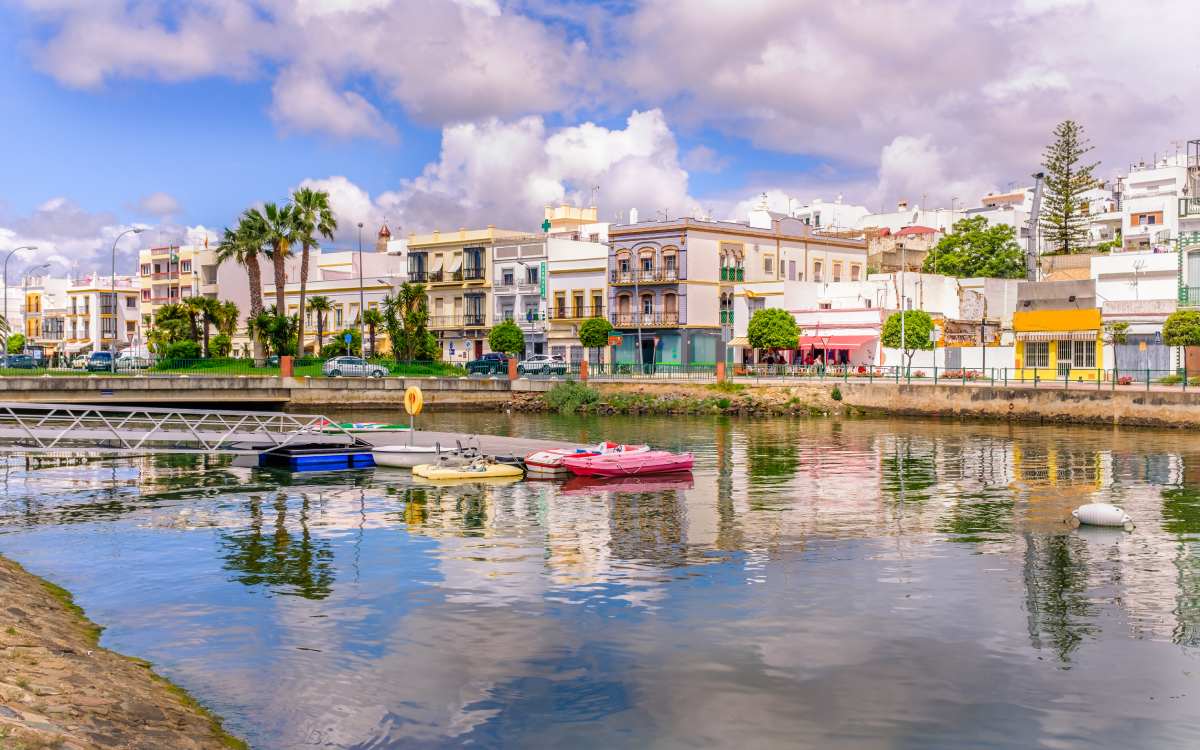
The town of Ayamonte. | Shutterstock
Ayamonte juts out onto the Guadiana river. Although it is nearly 60 kilometres from the city of Huelva, it is worth taking a small detour in order to stop at Isla Cristina. This place is famous for its beaches and its vibrant market. In fact, it is one of the major fishing ports in Andalucía.
Once in Ayamonte, one should go for a walk along the riverbank of the Guadiana, which the town overlooks and forms the natural border with Portugal. From there, the activities on offer are plentiful. The most relaxing thing to do is to go for a dip along the beaches at Isla Canela. The more adventuresome could take a riverboat to Sanlúcar de Guadiana where one can zip-line above the waters until arriving in Portugal. Of course, one could always visit the neighbouring country in a more traditional way by crossing the international bridge.
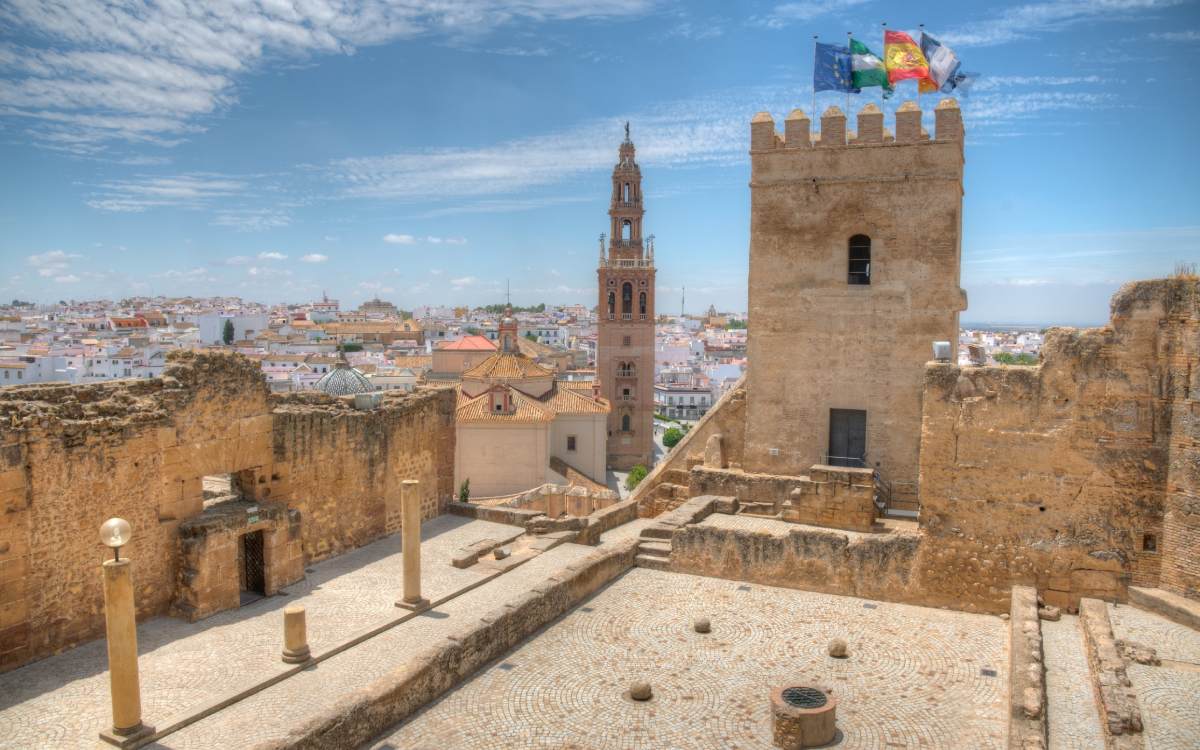
The fortress of Puerta de Sevilla in Carmona. | Shutterstock
The city of Sevilla is an hour from Huelva by car. And only a few kilometres further, one can visit such interesting sites such as the ruins at Itálica or Camona, one of the most alluring towns in all of Andalucía. This place has conserved the remnants of both its Roman and Moorish past. One ought not miss the gates of Sevilla and Córdoba, the fortresses, the Roman necropolis and the priory church of Santa María, among many other treasures.
This excursion provides the perfect excuse to stop off at the town of Niebla, another must-see place in the province of Huelva. It is one of the most charming medieval towns to be found in the entire country. Built on the banks of the Tinto river, its castle and surrounding wall are two magnificent, centuries-old jewels that should not be overlooked.
You can also read this article in Spanish here.